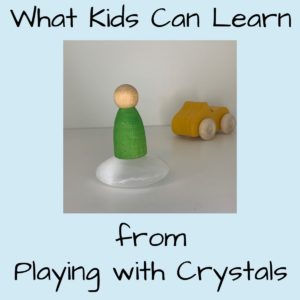
What Kids Can Learn from Playing with Crystals
Crystals aren’t just for adults. Kids can learn so much from playing with crystals! Here’s some ideas!
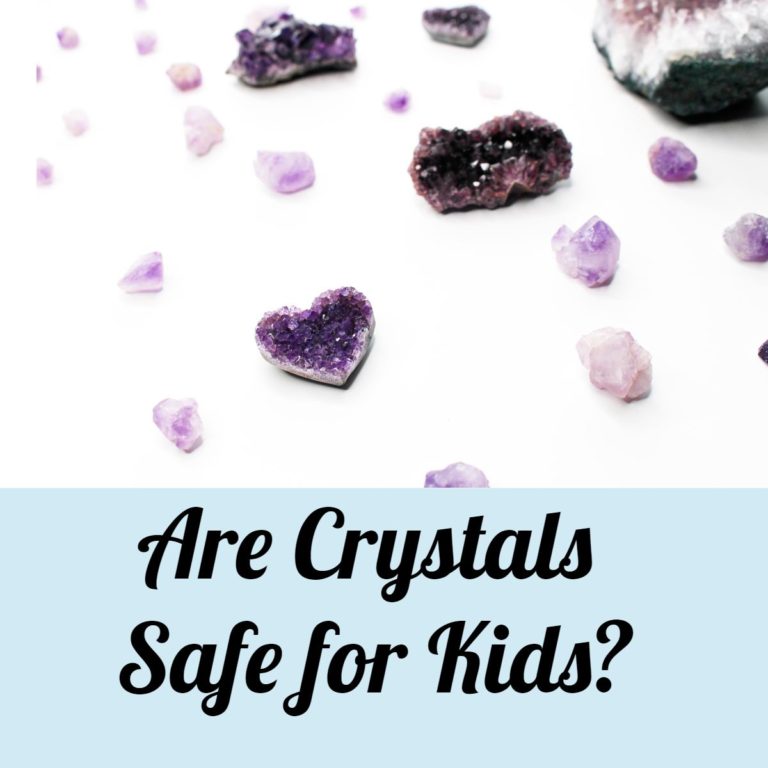
Most children are naturally drawn to crystals and rocks. As parents, we love the idea of our children playing with nature. However, just because crystals are natural, does not mean they are safe. In fact, there are several safety concerns with crystals in general, especially when it comes to children and crystals.
We don’t want to discourage kids from playing with crystals entirely. You simply need to be conscious and mindful of the crystals you let your kids play with.
Bottom-Line: Not ALL crystals are safe for kids. Further, not all “safe” crystals are safe for ALL kids. Do your research. This is a great place to start!
In this article, we will discuss the major safety concerns related to crystals and kids.
Before we get into the various safety concerns surrounding crystals and kids, we want to preface by saying this:
Children should always be supervised by an adult when playing with crystals. Crystals are not your traditional “toys” and do require extra caution.
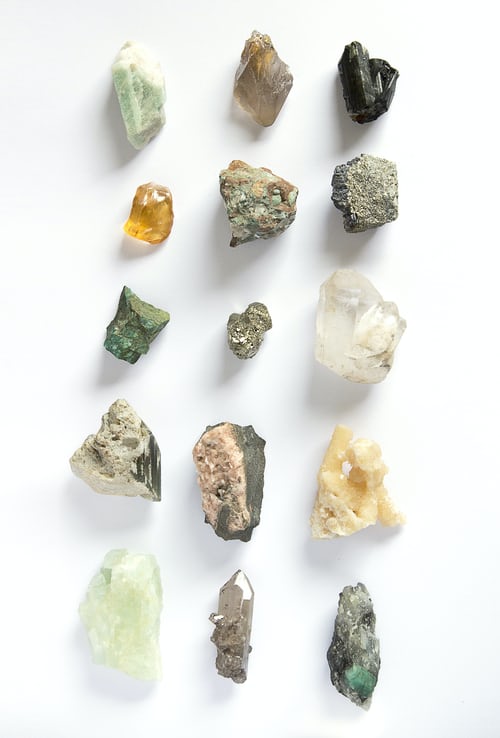
There are several crystals that are very toxic to humans. Some of the more recognizable toxins found in some crystals are:
What’s perhaps even more scary, is that these toxic crystals are being sold with no warning!
Based on our research, there appears to be 3 major ways crystals can be toxic to the consumer:
1. “Dermal” or By Touch
Crystals that are toxic to the touch should obviously not be handled by children.
2. “Oral” or If Ingested
There are certain crystals that are harmless if touched, however, toxic if they are ingested or come in contact with water (i.e. water-soluble) which is ingested. We recommend avoiding these crystals for kids. Even if your child is past the “put objects in the mouth” phase. Even if you have no intention on getting the crystal wet (plus who wants to have the pressure of remembering that certain crystals can poison you if they get wet?!) . Do you really want to worry about your child handling a crystal with wet or sweaty hands? There is simply too much risk.
3. “Inhalation” or Breathing In the Crystal’s Dust
Some crystals are toxic if you inhale their dust. This appears to be the greatest concern for the miners who excavate the crystals. Most mineral experts agree that this is a non-issue when handling most crystals. However, we recommend avoiding “softer” crystals that are toxic via inhalation. If you remember back to your elementary days, each mineral’s harness is classified using the Mohs Hardness Scale, with 1 being the softest and 10 being the hardest. Below is a graphic from the National Park Service showing minerals rated a 2.5 or less can be scratched with a fingernail. Based on this, we don’t recommend any crystals containing inhalation toxins that rate 2.5 or less on the Mohs scale. After that, it really comes down to personal preference and what level of risk you are willing to take. Also take into account your child. Will your child be experimenting with scratching their crystals? Then you would likely want to avoid any crystals where their dust is toxic.
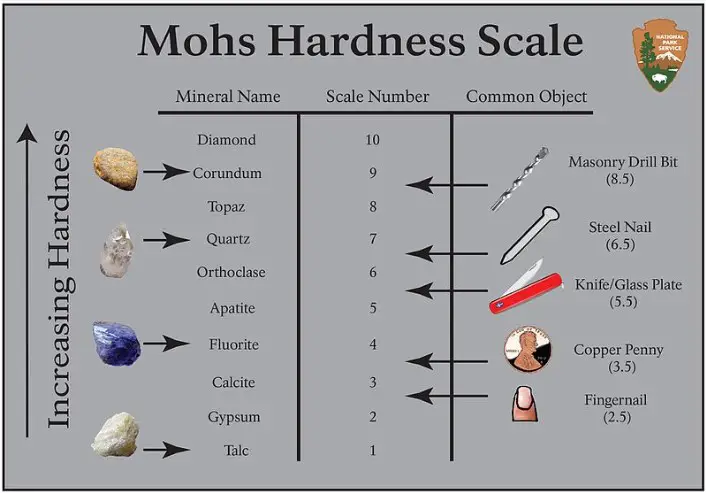
There are hundreds and hundreds of crystals, so we aren’t going to list each one. Instead, we have provided a list of resources that you can use to decide which crystals to let your kids play with:
1. An Overview of Minerals Toxicity This is a scientific-based paper that discusses some of the most toxic elements found in some minerals. There is also a list multiple pages long of specific crystals and their toxicity concerns.
2. Mindat.org This is a huge database (the word’s largest, according to their website) of crystals/minerals (as well as rocks, meteorites, etc.) . It is run by the non-profit, Hudson Institute of Mineralogy. Simply type in the crystal name you are interested in, and you’ll find more information than you ever wanted to know on it. We found the most useful sections in deciding which crystals are safe for kids to be the “Health Risks” and “Hardness” sections.
3. Love & Light School This website compiled a list of crystals that should not be combined with water, based on 25 different sources. Although the purpose is for making elixirs (where you soak the crystals and drink the water – believed by some to have healing benefits), the information is still useful when deciding which crystals are safe for kids. Some of the crystals on the list are to be avoided simply because they will break or dissolve in water, while others emit toxins in the water. As mentioned above, we recommend avoiding crystals like this, as it’s too easy for a child to handle a crystal with wet hands and then touch their mouth.
We recommend you use these resources is conjunction with each others when researching which crystals are safe for kids. Don’t rely on just one source.
Crystals come in a variety of shapes and textures. Some crystals in their natural form are rigid or spiky. This could scratch the skin. Some crystals can be razor sharp and cut through the skin. This is especially true if a crystal breaks and shatters.
We recommend smooth or polished crystals for kids to avoid being harmed while handling them. But you know your child best. They may do just fine handling crystals in cluster form. Just double check for sharp edges!
Teach your children how to appropriately handle crystals (i.e. gently and with caution). It’s also advised not to wash or submerge crystals in hot water, as this causes many of them to break or shatter.
As always, we recommend adult supervision whenever your children are playing with crystals.
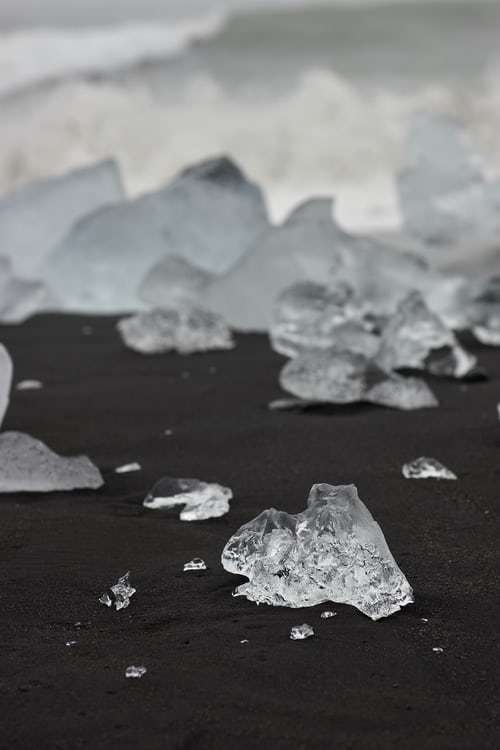
You can buy crystals in various sizes. Per the CPSC, an item is considered a choking hazard if it fits into a cylinder 2.25 inches long by 1.25. This is especially a concern for children ages 3 and under.
We recommend letting younger children play with larger crystals. Depending on your child’s maturity, you may find it appropriate to give an older child smaller crystals. To reiterate, we always recommend adult supervision whenever children are playing with crystals.
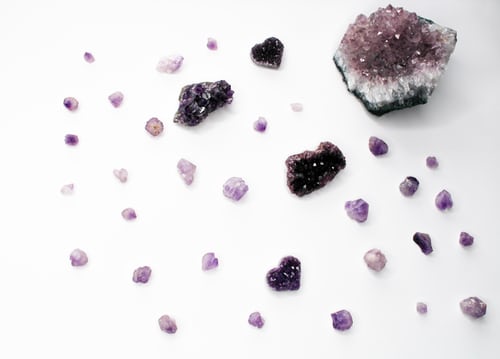
This is probably obvious, but still worth mentioning. Crystals are heavy. Crystals should not be thrown and could seriously do some harm if they were thrown at somebody.
Crystals will likely also hurt if accidentally dropped on your foot!
Consider your child’s maturity and temperament before letting them play with crystals. And as always, we recommend adult supervision!

Thanks for reading! If you found this information helpful, share it!
Check out these related articles about children & nature:

Crystals aren’t just for adults. Kids can learn so much from playing with crystals! Here’s some ideas!

Check out this fun list of ideas you can use on your next nature walk with your toddler or preschooler. Help them discover the joys of nature!